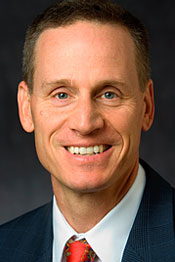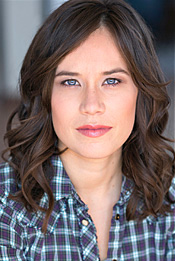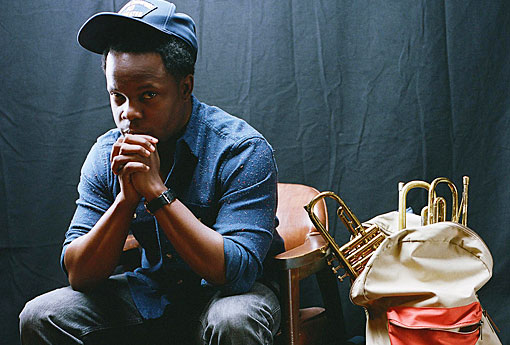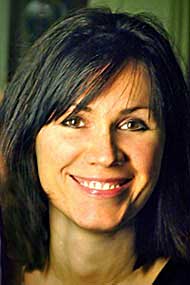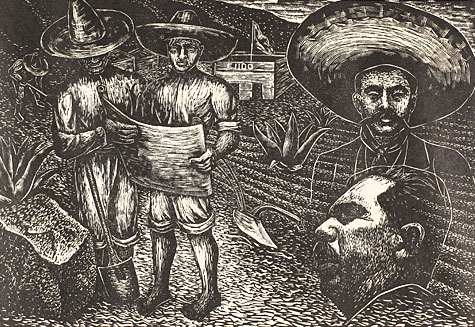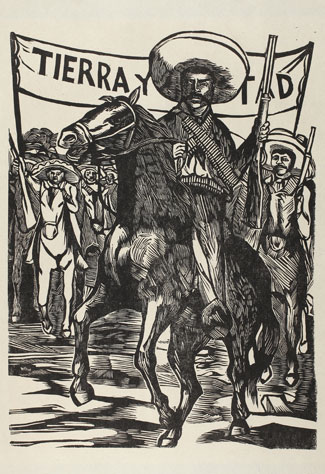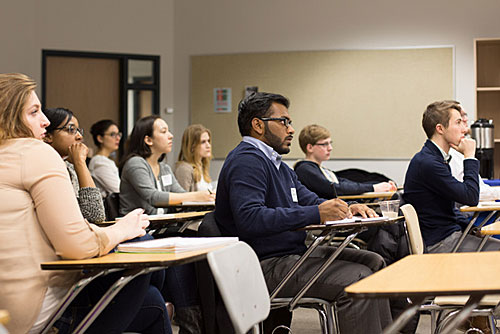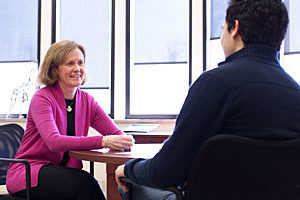
Rolf Westphal, Lawrence University’s first Frederick R. Layton Distinguished Visiting Professor in Studio Art, died Wednesday, Feb. 17 of natural causes at his home in Spring Hill, Fla. He was 70 years old.
A “poet” whose medium was steel, Westphal held the Layton Professorship from 1984-1990. One of his works, “Aerial Landscape,” a trio of brightly painted arched structures and four lower bollards, graces the outside of the Wriston Art Center. Originally installed in 1988, the piece was taken down in 2010 for repairs and restoration work and re-installed in 2014. Westphal returned to campus for its re-dedication ceremonies last spring.
During his tenure at Lawrence, Westphal converted a paper factory into a sculpture studio where he worked on his own massive creations while also giving Lawrentians the opportunity to create their own artwork.
In addition to Lawrence, he held teaching positions at Clarion State College in Pennsylvania, Vancouver College of Art and Design in British Columbia, the Kansas City Art Institute and the University of Texas, Austin.
As a large-scale metalworker whose personality matched the scale of his sculptures, his quest for commissions frequently took him to Eastern Europe, in particular to countries in or on the fringes of the socialist bloc. His first major international com- mission was for the state of Slovenia in the former Yugoslavia in 1978. Other large, abstract and powerfully geometric Westphal creations adorn sites around the world, including Austria, the Central African Republic, Finland, Germany, Poland, Sweden and Turkey. Besides Appleton, his sculptures can be found throughout the United States, including Anchorage, Detroit, Houston and Pittsburgh.
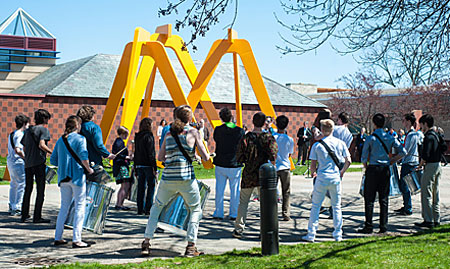
He once proudly proclaimed, “I have used every kind of material, but my forte has been steel.’’
Born in Germany in 1945, Westphal grew up in International Falls, Minn. He studied at the Kansas City Art Institute in Missouri, where he earned a bachelor of fine arts degree, and at the Cranbrook Academy of Art in Bloomfield Hills, Mich., where he earned a master of fine arts degree.
He is survived by his son, Ahti, 35, Bejing, China, and his first wife and life-long friend, Susan Schug of Gladewater, Texas.
A celebration of his life will be held this summer on a date still to be determined at Stop Island, Rainy Lake, International Falls, Minn.
About Lawrence University
Founded in 1847, Lawrence University uniquely integrates a college of liberal arts and sciences with a nationally recognized conservatory of music, both devoted exclusively to undergraduate education. It was selected for inclusion in the book “Colleges That Change Lives: 40 Schools That Will Change the Way You Think About College” and Fiske’s Guide to Colleges 2016. Engaged learning, the development of multiple interests and community outreach are central to the Lawrence experience. Lawrence draws its 1,500 students from nearly every state and more than 50 countries.
